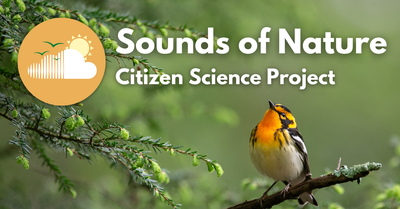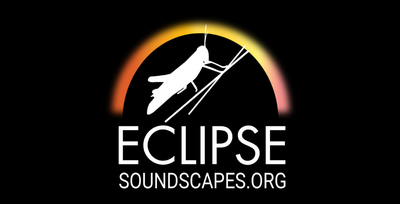Sounds of Nature
Discover Biodiversity Through Sound
Join us and other volunteers as we deploy sound recorders across Midwest USA to study changes in biodiversity over time.
Sign up for our newsletter to stay in the loop.

Sounds of Nature is a community research project to understand changes in biodiversity over time by studying *soundscapes*. Through Sounds of Nature, a team of researchers and citizen scientists are participating in and contributing to a state-wide project to monitor biodiversity in their backyard and beyond.
Eclipse Soundscapes
Listening to the Eclipse
Sounds of Nature is partnering with Eclipse Soundscapes, a NASA funded Citizen Science project, to study how life on Earth responds to the 2024 Total Eclipse!
To support Eclipse Soundscapes, we are offering 100 volunteers a full sampling kit to participate in the event. Click below to sign up and receive your sound recorder. Read more about our effort here

2023 Deployment Map
Below are the zip codes in which we have sampled during the 2023 season.
Current Volunteers
Thank you for participating in Sounds of Nature! Did you receive an AudioMoth in the mail? Please see below for a video on how to deploy it on your property!
Sounds of Nature Sampling kit instructions from Saluki World on Vimeo.
Sounds of Nature - Volunteer Field Guide
Sounds of Nature - Deployment Checklist
Sounds of Nature - Field Datasheet
Additional resources are available if you need assistance with any aspect of volunteering - please contact us.